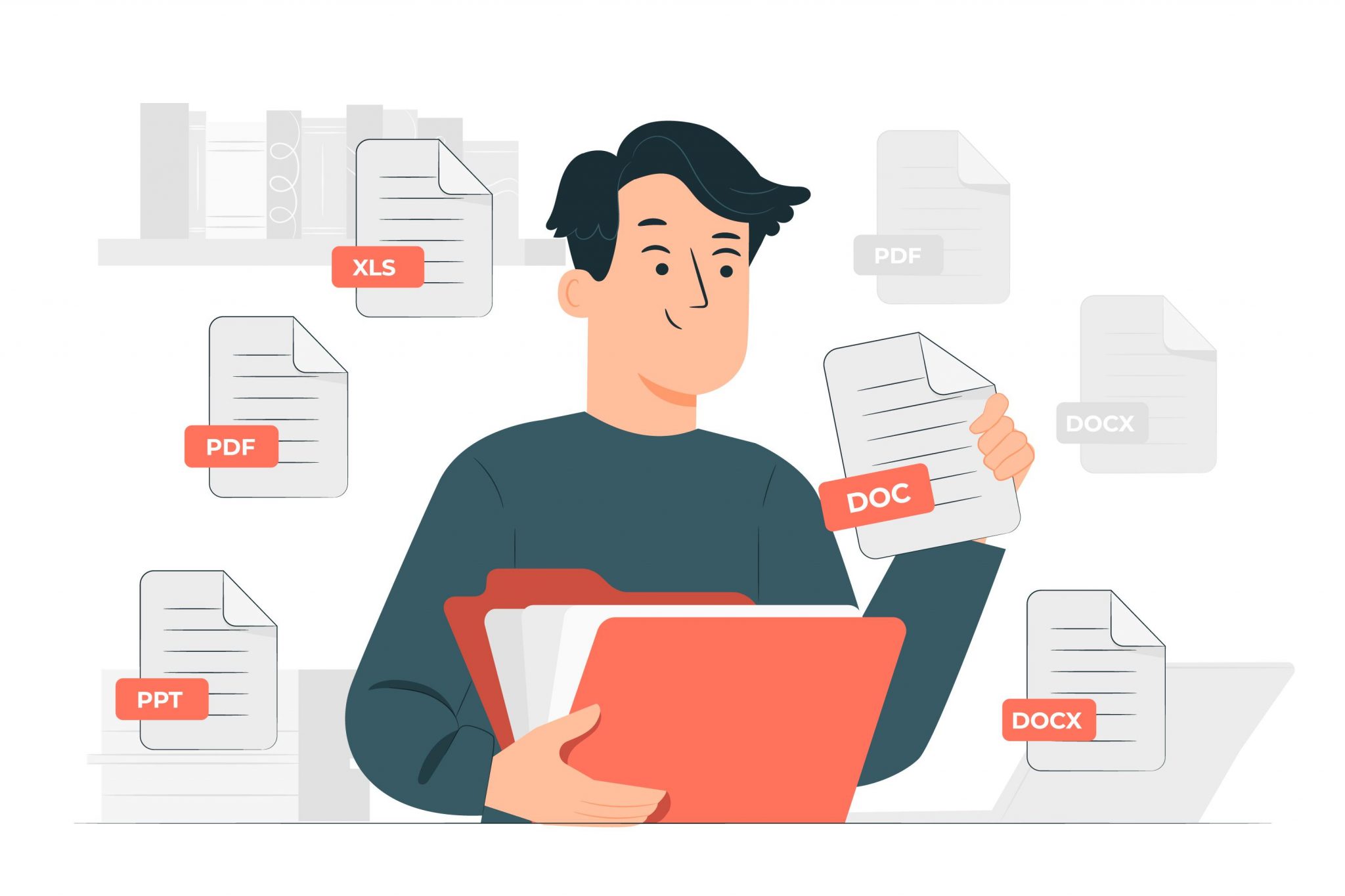Digital Documents: PDF vs. EPUB
 InclusiveDocs
InclusiveDocs
In the era of digitalization, reading from our computers or mobile devices is often more common than reading printed books, magazines, articles, and the like. But what happens when the digital versions of these are not accessible to those with disabilities or visual impairments? In this blog post, we’ll run through the most common types of digital documents and how they fare in the accessibility and usability categories.
PDF, which stands for Portable Document Format, is the most common type of digital document. What most people don’t know is that PDFs are intended for print and should not be used to present digital content. For that reason, reading PDFs online is like navigating through an ocean of text that is difficult to customize on your screen. For some people with disabilities, this means that getting information from PDFs is burdensome or next to impossible. Because PDFs are meant for print, they do not have accessibility features that allow users to customize text size, colour, contrast, or other important factors that make a document legible for everyone. They are sized for paper too, which means they won’t adjust their layout according to screen sizes, requiring you to zoom into small text and scroll or drag to follow along.
For digital content producers, using PDFs means compromising on functionality and creativity. Delivering a message can be difficult when your intended audience is not able to easily find what they are looking for beyond a search bar. Because it limits the way content is presented, creators will have fewer chances of initiating an engaging and interactive experience too.
EPUB
EPUB, short for electronic publication, is another popular file format used for eBooks and other digital content. EPUBs can store a multitude of different types of content without compromising on layout, size, or formatting. They have a reflowable format, which means the line lengths readjust according to the size of the screen. EPUBs also have text-to-speech options for users who are blind or visually impaired, and customizable font sizes and colours, which improve the user experience for those who are dyslexic or colour-blind. For these reasons, EPUBs score much higher in terms of accessibility standards. Users can access EPUB content through many popular e-readers like Kindle or iBooks.
Conclusion: EPUBs are a clear winner
While it is virtually impossible to create a perfectly accessible piece of content, we believe that EPUBs are a step closer to creating an accessible reading experience for everyone, regardless of capabilities. InclusiveDocs offers an EPUB solution through our digital document platform so that users can take their content offline and enjoy an accessible reading experience. To learn more about how you can create an accessible digital reading experience with us, get in touch with our sales team here.
Subscribe to my newsletter
Read articles from InclusiveDocs directly inside your inbox. Subscribe to the newsletter, and don't miss out.
Written by
